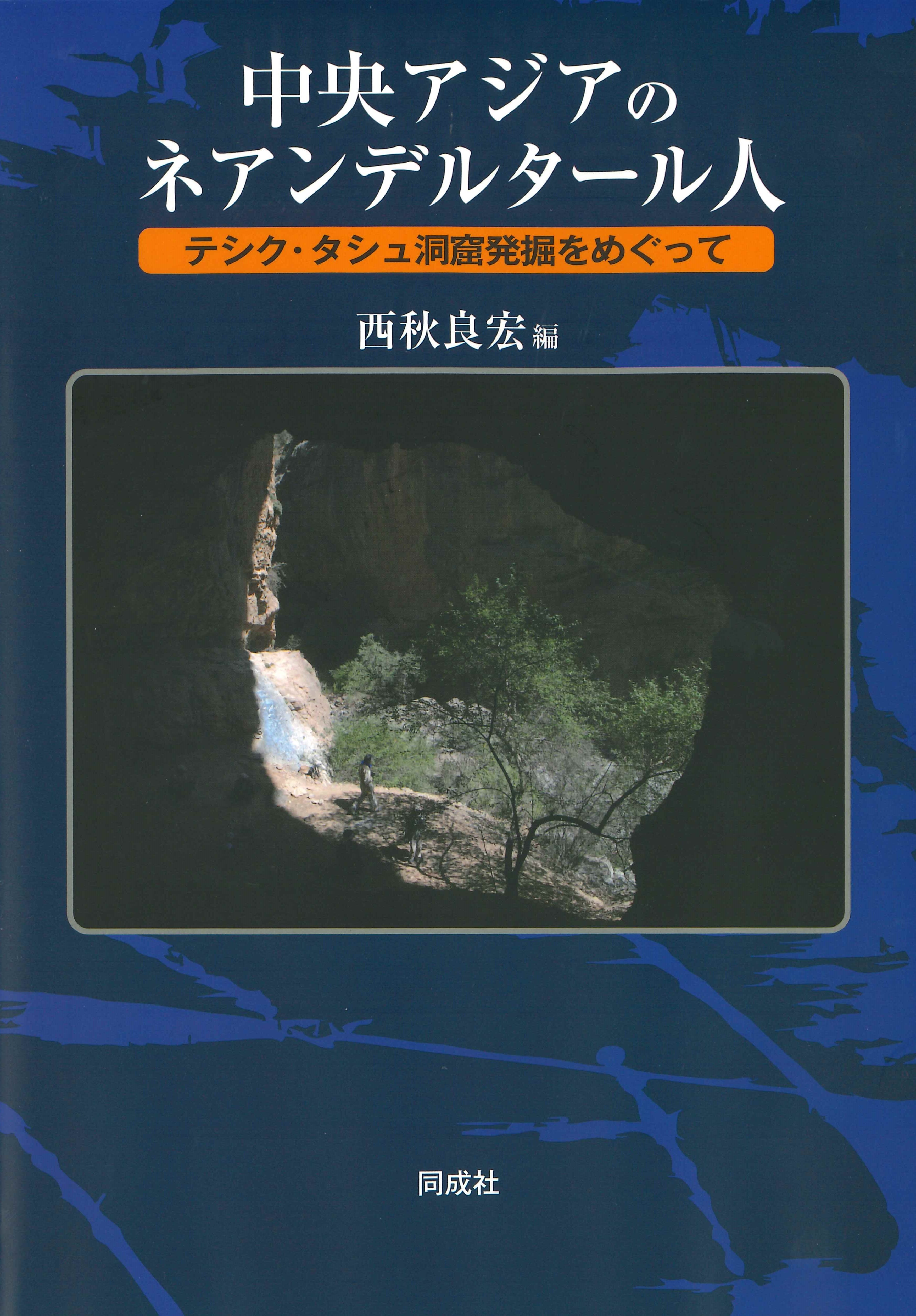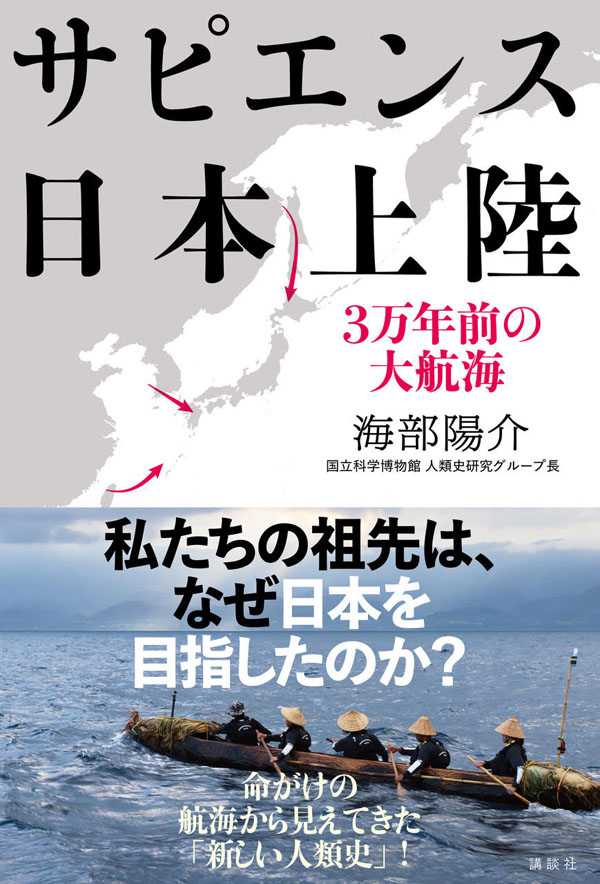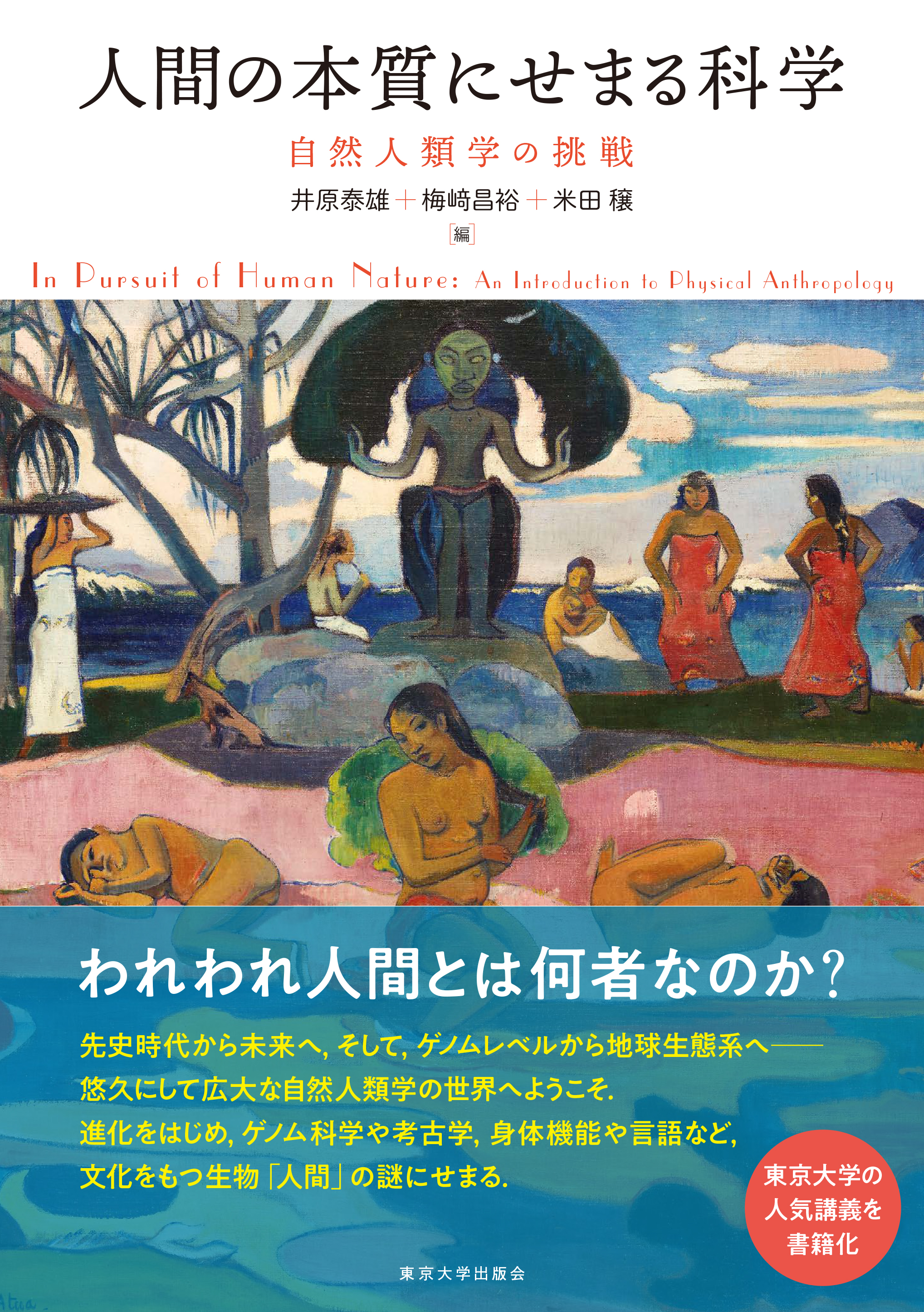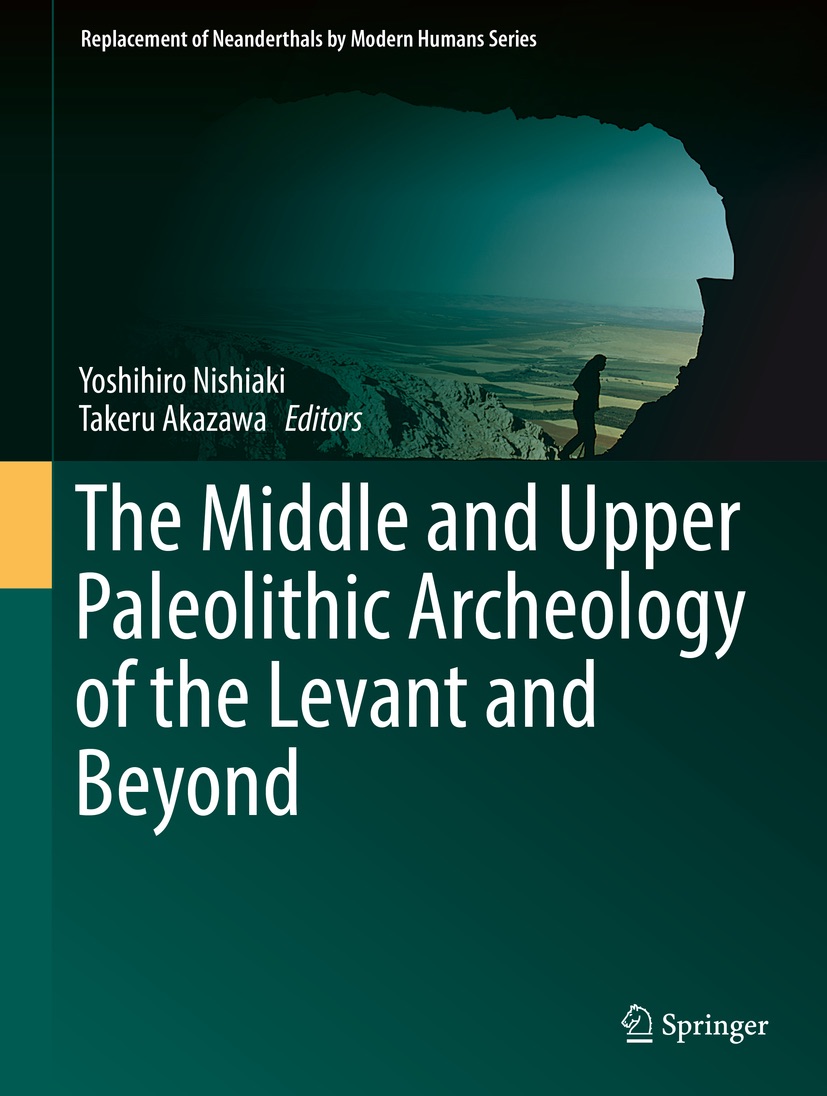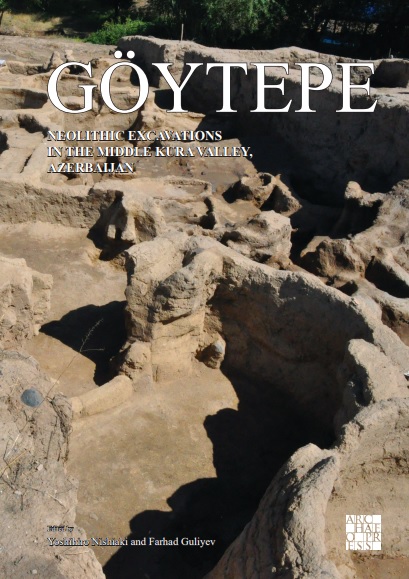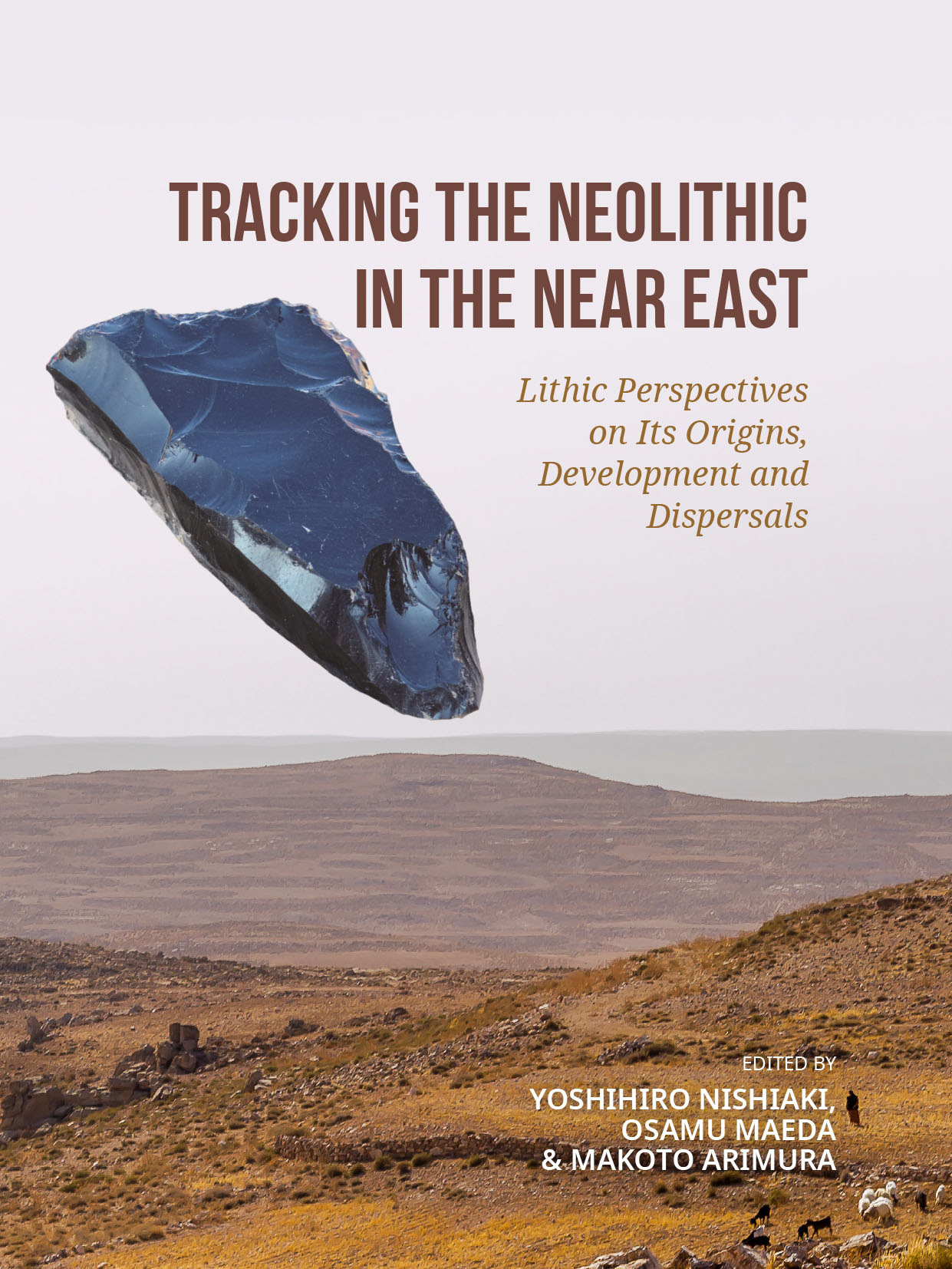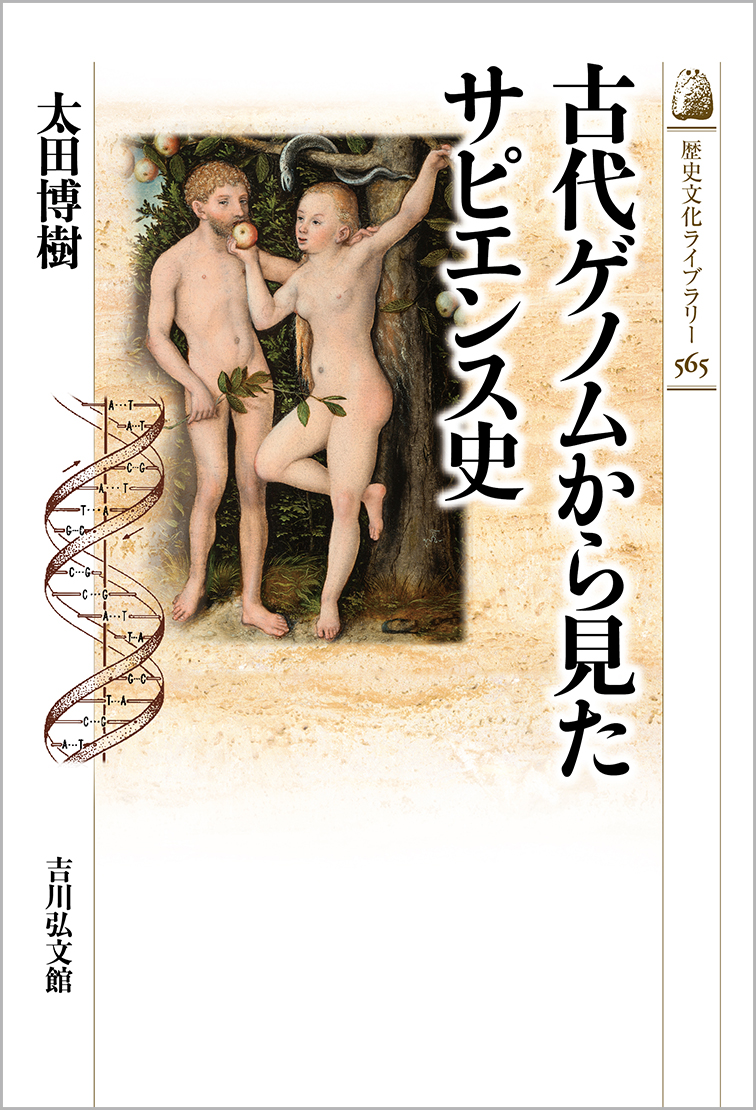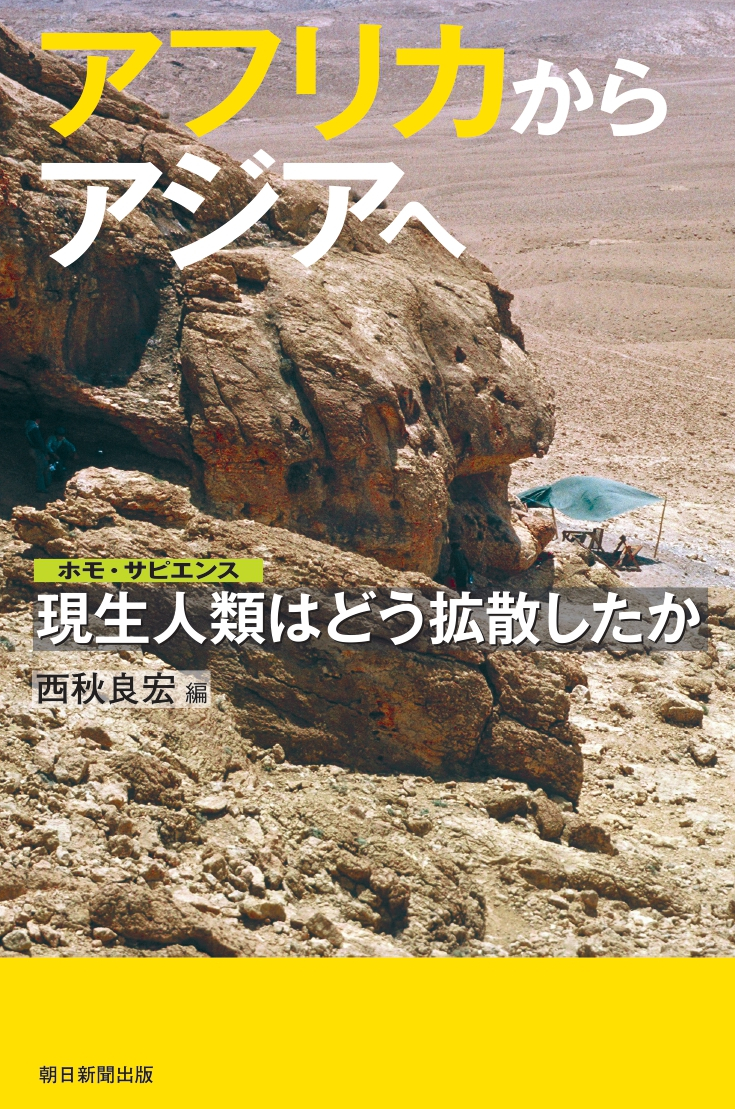
Title
Asahi Sensho Africa kara Asia e (From Africa to Asia - How did Homo sapiens migrate and spread?)
Size
268 pages, 127x188mm, softcover
Language
Japanese
Released
February 10, 2020
ISBN
9784022630940
Published by
Asahi Shimbun Publications Inc.
Book Info
See Book Availability at Library
Japanese Page
While humans have evolved on Earth over the last six million years or more, modern humans (Homo sapiens) are thought to have appeared between 200,000 and 300,000 years ago. They appeared in Africa, but it was not long thereafter that some of them left that continent, and spread across the globe. We now know that these our ancestors replaced human groups that had previously spread out and settled in different areas of the world. This theory of African origin, first proposed at the end of the 1980s, gained its major impetus from genetic research. When one traces the origins of multiple world populations, including the Japanese, one inevitably returns to Africa. Although this claim first astonished the world, the theory was subsequently verified by evidence emerging from relevant fields, and gradually became more robust. Today, it is the prevailing view among most researchers.
Recent years have seen dramatic progress in methods of acquiring genetic information from ancient human bones, as well as in statistical methods for analyzing this information. As a result of these scientific breakthroughs, we now know that Neanderthals—once thought to be a wholly different species of humans—actually interbred with our own ancestors. A newly discovered species of ancient humans, Denisovans, was also found to have interbred with our Asian ancestors.
Despite these remarkable developments in genetic research, traditional academic fields in the study of the human past, including paleoanthropology and archaeology, continue to remain important. This is because these traditional disciplines provide a line of information on the past human behavior unavailable from genetic research. Genetics alone cannot answer questions such as: What kind of tools did Homo sapiens use as they spread out; What kinds of food were they able to acquire; When they met other paleoanthropic humans, were there any cultural exchanges, and of what kinds? The physical evidence that comes from fieldwork is indispensable in answering these questions. No more definitive materials currently exist to determine spatial information, such as when, where, and which groups of people moved. Excavations and other outdoor fieldwork, no matter how ‘old-fashioned’ or painstaking, will remain essential in searching for fossils, stone tools, and the like. Furthermore, quantitative methods, including those used in genetic research, are not sufficient for a complete interpretation of these basic finds.
This book describes the most recent findings of field investigations and onsite research regarding the timelines and pathways of the Homo sapiens’ dispersal from Africa to Asia. While the current state of genetic research is also described (Chapter 5), the main part of the book (Chapters 1 through 4) deals with evidence from field investigations, the area of greatest emphasis in my own research. However, one requires certain theories to underpin any discussion of the human race based on physical evidence. Inasmuch as these artifacts are records of the culture and activities of ancient people, they cannot be described solely by human biological characteristics, as would be the case using only genetics or paleoanthropology. These issues are discussed in the latter half of the book (Chapters 6 and 7).
(Written by NISHIAKI Yoshihiro, Professor, The University Museum / 2020)



 Find a book
Find a book


